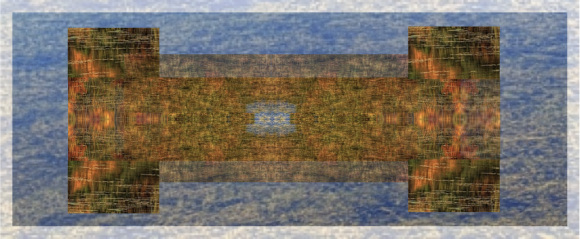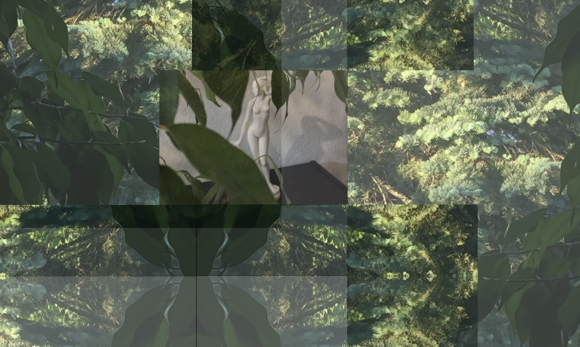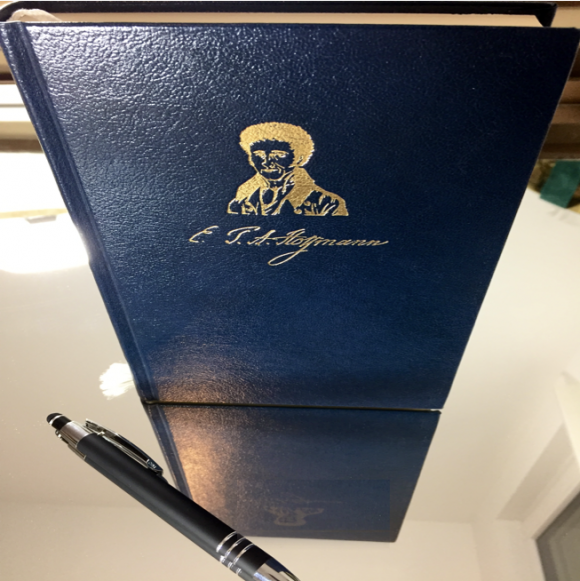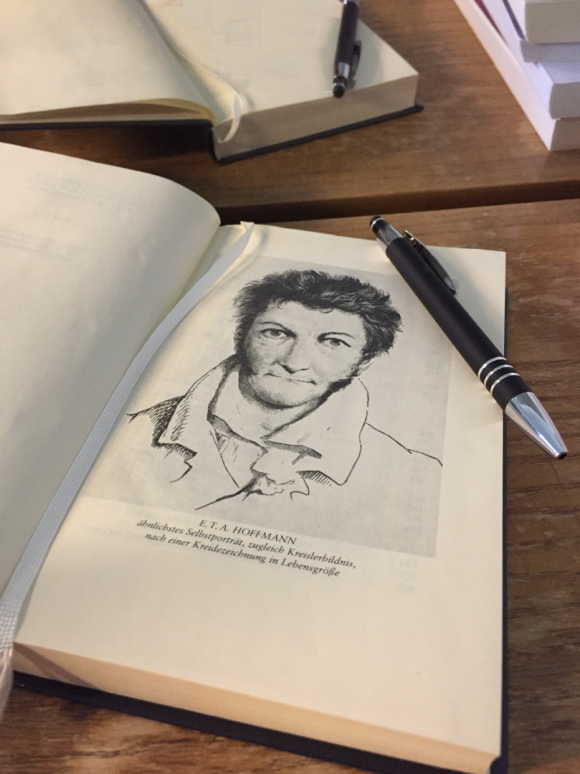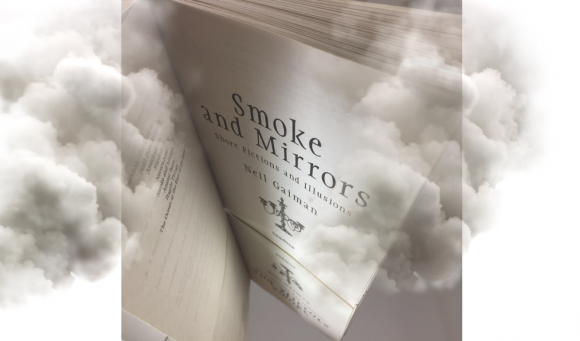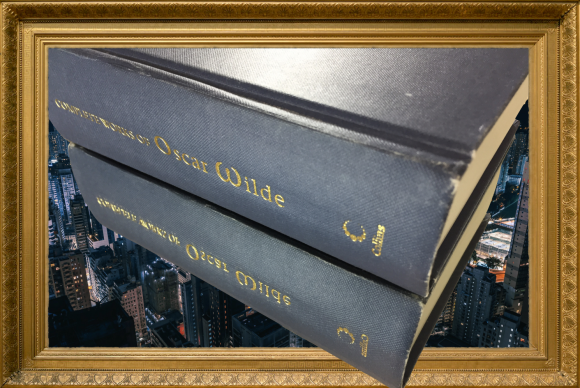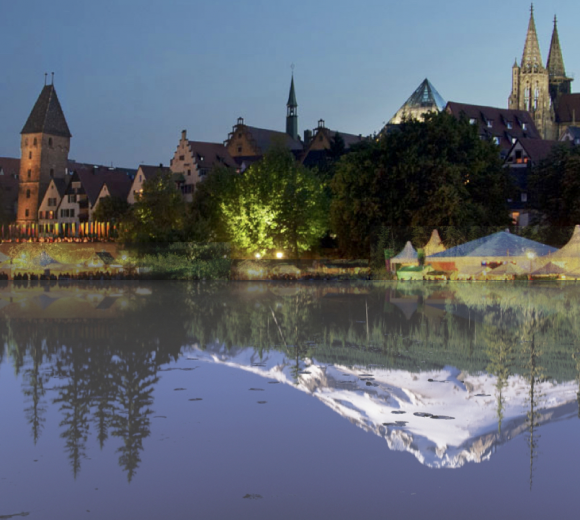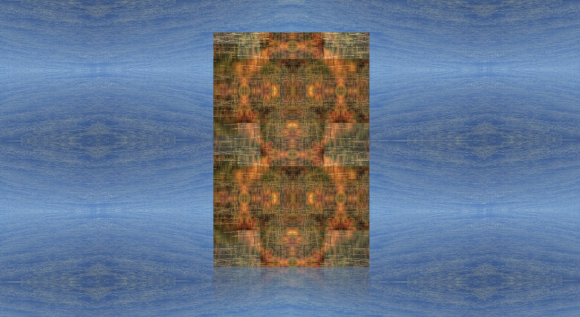
The workings of our social environment are so close before our eyes that we often don’t even notice them; but many of them profoundly shape what we perceive as “reality”. It has proved fruitful to understand this along the lines of an analogy: social interactions share many characteristics with theatrical performances. Thus social interactions are enacted, as if on a stage, and “reality” is of...
